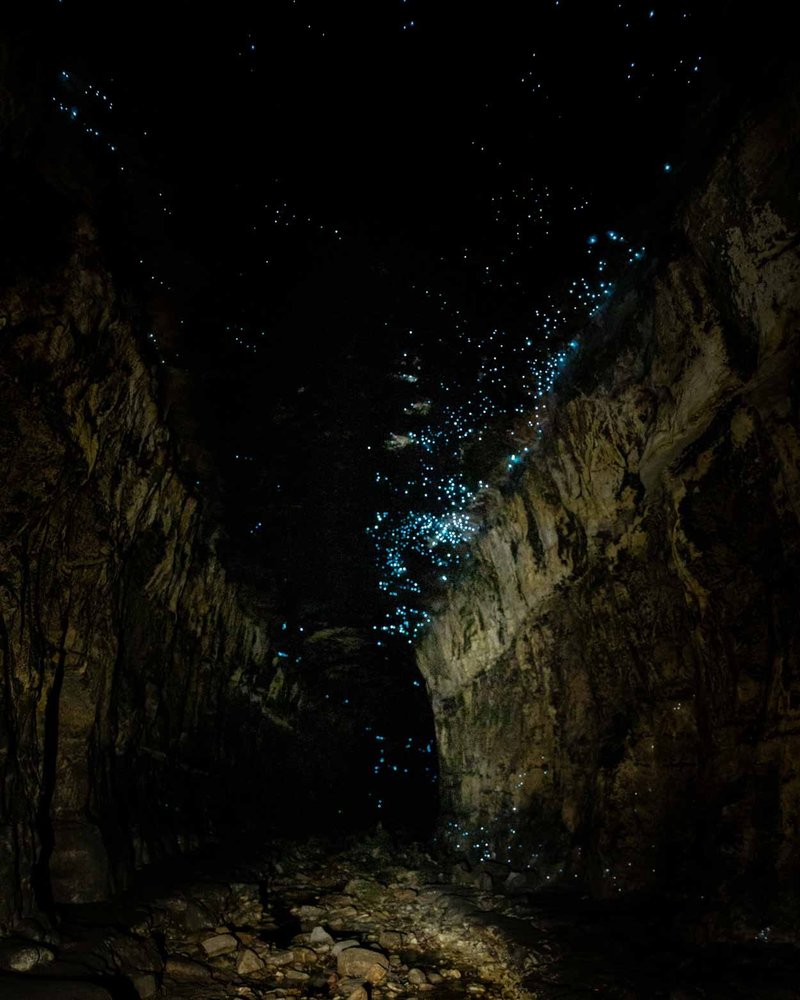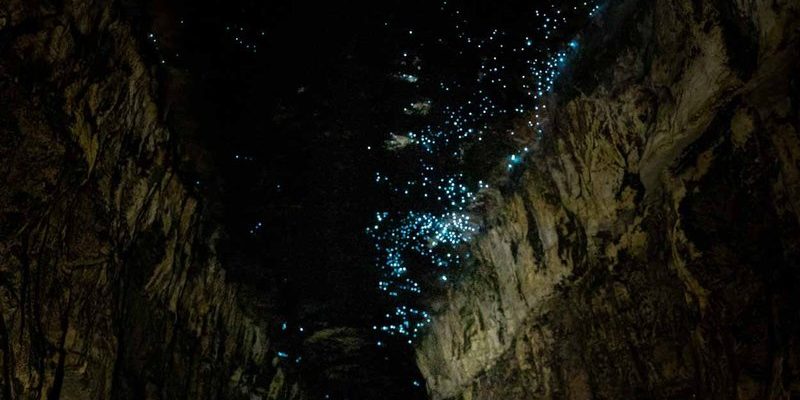
Glow worms, which are actually larvae of beetles, create a mesmerizing glow that attracts their prey. They’re not just pretty; they play a crucial role in their ecosystems. Mapping their populations can help us learn about their migration patterns, breeding grounds, and even the health of the forest they inhabit. So, whether you’re a nature lover, a scientist, or someone looking for a unique project, understanding how to map these creatures can be both useful and enjoyable. Let’s dive in!
Understanding Glow Worm Habitats
Glow worms love specific environments. They thrive in dark, damp, and sheltered places, often found in forests with plenty of foliage. Think about it like searching for a cozy nook where you’d want to curl up with a good book—these little guys want the same thing!
Their preferred habitats are usually along forest trails, where moisture is abundant. Look for areas with decaying wood or nearby streams. These spots provide both the humidity glow worms need and an abundance of food in the form of small insects. The key is to identify these areas if you want to map populations effectively.
Also, consider the time of year. Glow worm populations can fluctuate with the seasons. Warmer, wet months tend to be when they’re most active. Get out during the evenings, when they glow brightest, and observe where you see clusters. You might be amazed at how many of these little lights you can find when you know where to look!
Gathering Your Mapping Tools
To successfully map glow worm populations, you’ll need a few essential tools. Don’t worry; you won’t require high-end gadgets or fancy technology—just some straightforward items to get started.
- Notebook and Pen: This is for jotting down your observations. Think of it as your detective notebook, where every clue counts.
- Camera: Capture the beauty of the glow worms and their habitat. Photos can help you track changes over time.
- GPS Device or App: If you want precision, using a GPS to mark locations of glow worm sightings can be incredibly helpful.
- Flashlight: A good quality flashlight can help illuminate darker areas without scaring the glow worms away.
Once you have your tools ready, you’re equipped for a little adventure. Remember, this isn’t just about counting; it’s about connecting with nature and understanding these creatures’ lives.
Mapping Techniques for Beginners
You might be wondering, “How exactly do I start mapping these glow worms?” Well, the good news is that it’s a process you can easily follow!
Start by choosing a specific trail or area in the forest where you want to focus. Once you’re there, walk slowly and quietly, observing your surroundings. Here’s a handy approach to mapping:
1. Take Notes: As you see glow worms, note their locations using descriptive markers. Instead of “three glow worms here,” say “three glow worms on the left tree by the bubbling stream.”
2. Use GPS: Mark each sighting with GPS coordinates, so you can return to the same spot later. This will be handy for future observations.
3. Sketch a Map: If you enjoy drawing, sketch a simple map of the trail and plot where you see glow worms. It can be as simple or detailed as you’d like!
4. Document Conditions: Write down the weather, temperature, and any other environmental observations. These will help you understand factors that influence glow worm populations.
This combination of methods makes your mapping thorough and enjoyable, turning your findings into a little adventure journal.
Analyzing Your Findings
Once you’ve gathered your data over a few visits, it’s time to analyze what you’ve found. This part can feel a bit like solving a puzzle—you’re putting the pieces together to learn more about your glow worm friends.
Look for patterns in your notes. Are there certain spots where glow worms are more abundant? How does the season affect what you observe? You might notice that certain areas have a consistent glow, indicating a thriving population.
It can also be beneficial to compare your findings with others. Connect with local naturalist groups or online communities interested in glow worms. They may have additional insights or data that can help you understand your own observations better.
Analyzing your findings not only enriches your experience but contributes to a larger understanding of these captivating creatures.
Keeping Things Ethical and Sustainable
As you embark on your mapping journey, remember that glow worms and their habitats need our protection. It’s crucial to approach this project ethically. Here are some guidelines to follow:
– Stay on Trails: Avoid trampling vegetation. This helps protect the ecosystem glow worms rely on.
– Limit Disturbance: Try not to touch or disturb the glow worms. Your curiosity is welcome, but too much handling can harm them.
– Educate Others: Share your findings respectfully, encouraging more people to appreciate these delicate creatures without causing harm.
By being mindful of your impact, you contribute positively to the environment while enjoying the wonders of nature.
Future Steps and Ongoing Observation
Once you’ve mapped glow worm populations, consider it just the beginning. Nature is ever-changing, and ongoing observation can lead to even more exciting discoveries.
You could set a schedule for regular visits. Each season brings unique changes, from different species of insects to variations in glow worm activity. You might even discover new areas they colonize or how they respond to environmental changes.
Consider teaming up with local universities or conservation groups. Your data could greatly assist in research efforts. Plus, collaborating with like-minded individuals makes for a fun experience!
In doing this, you not only contribute to science but also foster a deeper connection with the natural world. Each visit to those forest trails can become a meaningful part of your own story and the glow worms’ tale.
Mapping glow worm populations in forest trails is a delightful blend of adventure, science, and environmental stewardship. With just a few tools, some curiosity, and respect for nature, you can uncover the hidden secrets of these enchanting creatures.
Whether you’re documenting their shimmering spots or analyzing patterns, every step you take contributes to a larger understanding of our natural world. So grab your notebook, head out on those trails, and let nature reveal its magic to you—and remember, every little glow counts!

